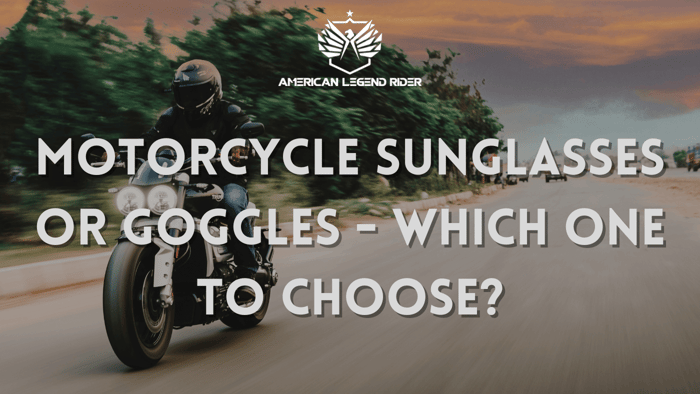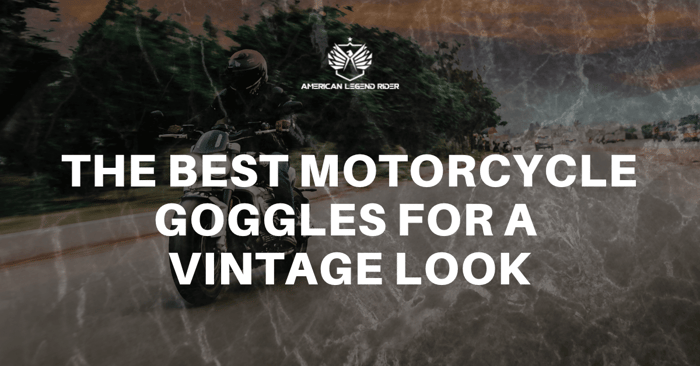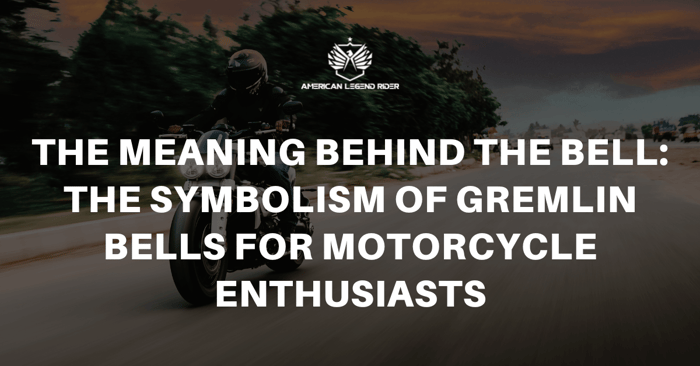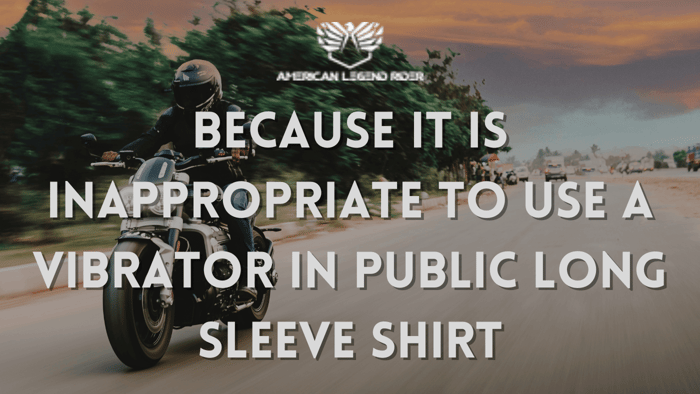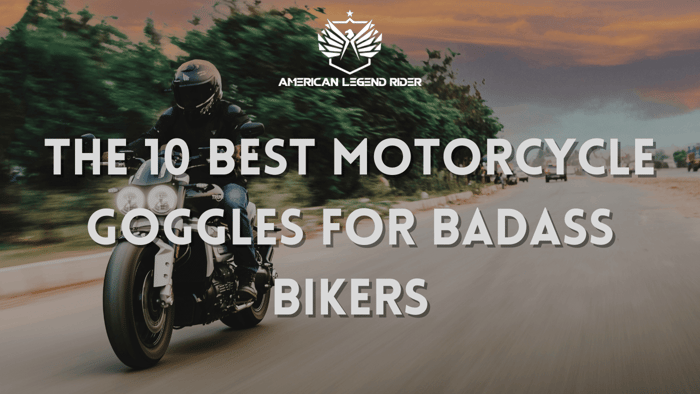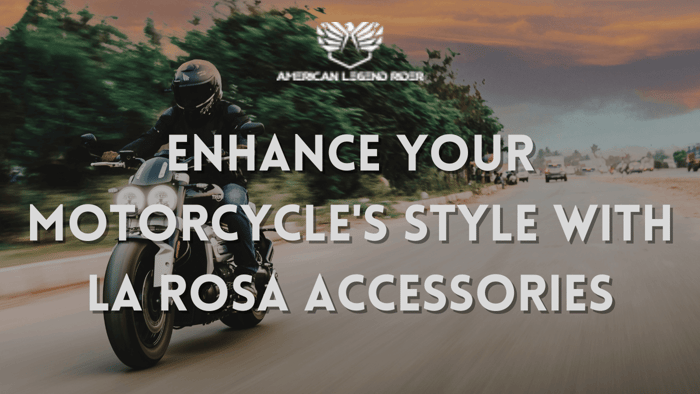Motorcycle riding sunglasses and goggles are essential for providing protection to your eyes and reducing the possibility for injury. But which one should you choose and why?
While most folks will tend to categorize these as the same, there are many differences between motorcycle sunglasses and goggles. Choosing the one that fits your riding habits becomes a critical question for any avid biker.
Disclosure: Looking for a list of 50+ designs of Best Motorcycle Goggles? Simply click the link.
If you are like me, and like the adrenaline-charged rides, then choosing between motorcycle sunglasses and goggles becomes a momentous event. Even before I hit the road, I carefully put my eyewear consideration as part of my itinerary. First and foremost, if I am going to ride off-road, I prefer to wear my retro motorcycle goggles as opposed to sunglasses. When I am cruising on the freeway, my biker sunglasses come in handy as they serve me very well no matter the conditions. They also work pretty well during foggy days. I cannot say the same for biker goggles.
One good thing about riding glasses and goggles is that; both come with the same stylish appearance to make you look cool while protecting your eyes from debris, dust, bugs, and other projectiles. But the line between the two can be blurry for most. So it is essential to understand just what you need for the right occasion and the best option for your riding style. In this guide, we will help you choose between motorcycle riding glasses and goggles.
There are significant differences and similarities that you should know about that could affect your overall riding experience.

What are some similarities between goggles and motorcycle glasses?
Whether you are looking to make a fashion statement, or to protect your eyes from the sunshine or improve vision quality, both motorcycle goggles and sunglasses can help you achieve this. While there are stark differences between the two; in terms of build, design and where they can be used best, the similarities also abound. So what are some of the similarities?
Protection
Both riding glasses and goggles protect from the wind, sun, rain, bugs, and debris. When riding at high speeds, gusts of wind can be a great disablement to your riding experience. A good pair of riding glasses and goggles will prevent the wind from swirling around your eyes. Wind can have the unwanted effect of making your eyes dry from overexposure to the wind. Luckily for you, sunglasses and riding goggles are designed to keep away strong winds from your face and give you hassle-free riding experience. Besides, preventing dry eyes both can prevent injury from side impacts.
Although not all riding glasses come with study frames, a good number of them are well-built to protect you from any side impacts. As for goggles, a majority come with sturdy frames that can take up any major side-impact and protect your eyes from injuries. Usually, goggles have much bigger lenses that wrap around your head or even your helmet. The advantage of this design is that it adds a layer of protection to cushion you against side impacts. If you like to ride at high speeds, you will need eyewear protection that can withstand all sorts of projectiles coming your way. Whether it’s to keep away bugs or debris, both motorcycle riding glasses and goggles do a pretty good job of protecting your eyes.
Lens
When it comes to lenses, both riding glasses and riding goggles are available in a wide variety of options. From the unbreakable polycarbonate lenses to trivex, and polarized to transition lenses. Most experts agree that polycarbonate lenses are hard to break and provide high visual quality while you are on the road. This high level of durability is unmatched by any other types of lenses. Some riding glasses and biker goggles have photochromic lenses.
If you enjoy hitting the road during the day and night, you will find these type of lenses very useful in your adventures. They adjust their clarity depending on the amount of light that they are exposed to. Transition lenses, are ideal for the avid biker who may want to ride during the night where they will increase their brightness receptiveness to allow you to see through the dark.
On the other hand, transition lenses can dim the sun’s glare to increase contrast during the bright sunny days. The main advantage is that you will not need to have more than one set of photochromic glasses or goggles as they can be used at any time of day or night. However, compared to polarized lenses, they do not get as dark when exposed to maximum brightness. Some people may find this a bit of a put-off.
Most motorcycle riders admit that glare is one of the struggles they have to deal with daily. Shiny surfaces and direct glare from pools of water can be a pain for riders. Not only can exposure to too much light be blinding, but also unsafe for riding in many situations. Acquiring polarized lenses is the best-known cure to this nightmare. Polarized lenses minimize the effects of glare and reflections by reducing the amount of scattered light reaching your eyes. Both riding glasses and goggles can have polarized lenses to improve vision clarity and enhance road safety.
Hard or soft-foamed edge frames
Let’s face it; the allure of cool sunglasses is one that will sweep anyone off their feet. And for most motorcycle riders, style is just as important as comfort and effectiveness provided by their eyewear. When it comes to motorcycle eyewear frames, there is a choice between the hard foamed edge and soft-foamed edge, both of which provide comfort and protection.
Foam padding on the sides of the frames and lens increase protection from projectiles and are highly recommended for windy and dusty environments. It is therefore vital that you choose goggles and motorcycle riding glasses with a foam padding for maximum safety, effectiveness and comfort. Though not all goggles or sunglasses come with padding, you can find a good number of sunglasses and goggles with foamed edges and lenses. Also, you can choose from a closed-cell foam or an open-cell foam. Closed-Cell foam is typically more durable, versatile and flexible and also allows little moisture absorption. They are also stronger than open-cell foam.
Alternatively, open-cell foams act as good insulators since they can trap air better than closed-cell foams. They are also less expensive and require less material to make. Both riding glasses and goggles provide you with the options of a closed or open cell foam to boost comfort and safety.

The Differences between Motorcycle Sunglasses and Goggles
Motorcycle sunglasses and goggles are essential pieces of eyewear that any biker cannot afford to skimp on. They both serve the purpose of protecting your eyes from elements, dust, debris, and other things that can harm your eyes.
However, the first distinction between the two pieces of eyewear is pronounced in their build quality and structure rather than functionality. Riding sunglasses are mainly used to shield your eyes from sunlight and usually consist of a plastic or metal frame and two lenses.
Goggles, on the other hand, are built to fit tightly to the face. Their construction consists of a plastic or rubber frame, and more often have plastic lenses. The frames of goggles usually have a strap that goes all the way around the back of your head, providing more grip and a close fit such that air and water cannot penetrate through.
So what are the main differences between the two and what should you consider when choosing between goggles and riding glasses?
Airflow restriction
At higher speeds, the wind blowing directly to your face can cause havoc and reduce your ability to concentrate on the road. Even the most fitting sunglasses do not fully shield you from the blustery winds.
On many occasions, you might find yourself with a dry eye from the wind buffeting to around your eyes. This condition can lead to higher risks and eye complications such as eye inflammation, vision problems, eye infection, and scraping of the corneal surface. To avoid this, a pair of biker goggles would be your ideal solution.
First, goggles are designed to seal out air, water, and other elements from coming into contact with your eyes. They form a windproof enclosure around the edges of your eyes and prevent the dry eye condition. The seal is not only useful in keeping out the cold piercing breeze but also protecting your eyes from debris and wind-borne dust.
While most motorcycle sunglasses are not perfect for protection against the wind, some exceptions are made with an exclusive seal technology that blocks the wind from getting to your eyes. For example, the Wiley X Gravity and Brown Crystal Frame are excellent windproof riding glasses.
Secure fit
Imagine yourself riding on the MX grade terrain and holding on to your dear sunglasses or else they would fall and get lost in a frenzy. Well, with googles like the motorcycle aviator goggles, you will not have to worry about any of that.
Most goggles have a close fit structure and an adjustable nosepiece that provides a secure fit. No matter how unforgiving the road can be, goggles are designed to withstand all kinds of movement without losing grip or falling off from your face.
This is unlike motorcycle riding glasses which lack a close fit and other essential features like an adjustable nose piece to improve on the grip. The adjustable strap on goggles helps keep them in a secured position as you cut through rough terrains or when going for proper off-road riding.
Fogging use
When riding at slow speeds moist air trapped in the sealed goggles can begin to condense and fog on the cooler surface of the lens. This poses quite a problem for goggles. Motorcycle riding glasses do not have a fogging problem as there is free air circulation.
However, some goggles manufacturers are using ventilated tops on the frames to reduce fogging while allowing proper air circulation. While sunglasses are less likely to fog, they can cause dry eye due to wind exposure.
Versatility
There are some pretty chic goggles and sunglasses out there, which can make you feel like a movie star. However, sunglasses are more versatile in the fashion sense. They can double down as riding glasses and still complement your fashion taste when you are off the bike. However, goggles are better used when you are riding your motorcycle or engaged in an outdoor activity. Regardless, both goggles and sunglasses are stylish in their ways, and their use will depend on your taste.
Compatibility with helmets
The area of compatibility with helmets depends mainly on the design of either sunglasses or goggles. In most cases, you will not have any problems wearing your goggles with a helmet since their adjustable strap can reach round to the back of your head. It is more flexible for use with just any kind of a helmet, full-faced or even an open helmet.
Sunglasses pose quite a challenge when trying to wear them with a helmet on. Some helmets do not have a pre-cut groove for allowing the sunglasses’ frame to enter. It can be quite uncomfortable to put on your helmet and at the same time, have your riding sunglasses on. Overall, goggles are more compatible with any helmet and are comfortable to wear.
Settling the scores
Generally speaking, both motorcycle riding glasses and goggles have specific strengths that set them apart. They are both useful in protecting your eyes from injuries and improving your vision quality. Riding glasses tend to be typically lighter in weight than goggles since they are built with comparably less material. When it comes to fogging, sunglasses have a better anti-fog ability compared to the sealed goggles. You will find that goggles fog a little more at low speeds or when you make a stop.
Goggles can handle impact much better compared to most sunglasses. They also come with a variety of padding and foam material around the frames and lenses which absorb side impacts, protecting your temples. Riding glasses are best for casual riders who have a fashion-conscious. Goggles are also well-adapted for long trips, off-roading, and performance riding.
Before deciding on the best eyewear piece, it is crucial to understand your riding habits and make a decision from that.

